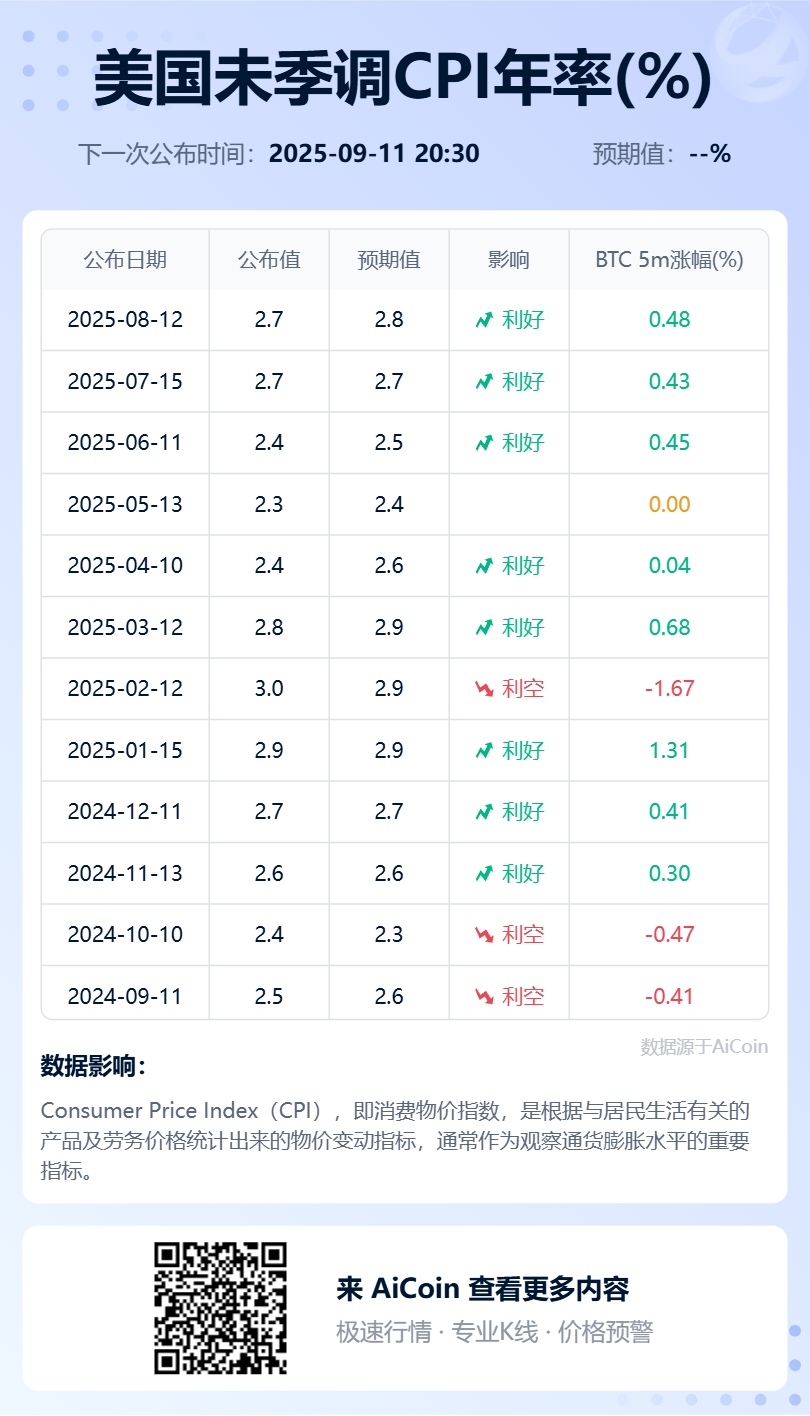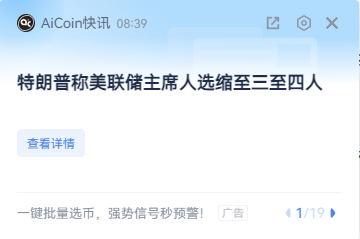Former Chief Economist of Bank of America Securities Ethan Harris pointed out that the era of a unified Federal Reserve is over, as the dissenting votes from Waller and Bowman, appointed by President Trump in July, have "broken the harmony." This means that whatever decision the Federal Reserve makes will face opposition. Harris further stated that a fierce debate between hawks and doves is expected before the September meeting, casting uncertainty over the possibility of a rate cut. Although the hawks are unlikely to easily concede, he believes that this month's data will support a 25 basis point rate cut. Mizuho Securities Chief Economist Stephen Ricchiuto emphasized that currently neither the hawks (who support maintaining interest rates) nor the doves (who support easing policies) hold a majority; most officials take a middle position, with the debate focusing on whether it makes sense to cut rates in light of a weak labor market.
Hawk-Dove Dynamics and Labor Market Focus
At the July meeting, the Federal Reserve kept interest rates unchanged, but Waller and Bowman, two Trump-appointed governors, cast dissenting votes in favor of an immediate 25 basis point rate cut. This marked the first time since 1993 that two governors dissented at a single meeting, breaking a relative consistency that had lasted over 30 years. Bowman emphasized that revisions to employment data show a weaker labor market, validating her concerns. Waller, in his dissenting statement, pointed out that tariffs only lead to one-time price increases and will not continuously trigger inflation; the Federal Reserve should intervene to prevent a collapse of the labor market. Stephen Ricchiuto's analysis further clarifies this dynamic: neither the hawks (who advocate for maintaining high interest rates) nor the doves (who support easing) hold a majority, with most officials taking a middle stance. The debate centers on whether it is meaningful to cut rates in response to a weak labor market.
This divergence stems from the complexity of economic data. The July employment report showed job growth below expectations, with revisions to previous months' data indicating a rise in the unemployment rate to 4.2%. Although the inflation rate stands at 2.7%, rising prices for imported goods may stem from Trump's tariff policies. Analysts warn that if these signals are ignored, the Federal Reserve may repeat past mistakes, leading to the risk of stagflation. Harris emphasized that the hawks will not easily concede, but data supports a modest rate cut to avoid further deterioration of the labor market.

Candidates and Potential Impact
On August 13, President Trump stated that he would appoint a new Federal Reserve chair soon, narrowing the candidate pool to three or four individuals. This announcement heightened market tensions, as current chair Jerome Powell has faced criticism, with Trump calling him a "stubborn fool" and threatening to sue over his office renovation costs (actual cost $432 million, not $3.1 billion). Trump publicly stated that if Powell continues to refuse to cut rates, the Federal Reserve Board should take control. He nominated Stephen Moore to fill the vacancy on the board, who may push for more accommodative policies.

Soaring Rate Cut Probability but Risks Remain
The CME FedWatch tool shows that the probability of a 25 basis point rate cut in September has risen from 60.4% last month. Harris emphasized that the data released in September (such as employment and inflation) will determine the 25 basis point cut, and he expects a fierce debate between hawks and doves, with the doves having the upper hand. Ricchiuto added that under the dominance of centrists, the debate focuses on the necessity of supporting employment; if the labor market continues to weaken, a rate cut will be imperative. However, the voices opposing a rate cut are also strong: core inflation remains high, and with only one CPI and employment report left, hot data could reverse plans. The Federal Reserve's reaction function is more inclined towards employment rather than inflation; if the next employment report shows weakness, it could trigger an "insurance-style" rate cut.
Test of Independence and Economic Risks
Looking ahead to September, Federal Reserve Chair Powell may hint at a rate cut during the Jackson Hole meeting, but he must weigh the pressure from Trump.
In the long term, the independence of the Federal Reserve faces challenges. Trump's nominations could push for decentralization to regional Federal Reserves and end the Federal Reserve's budget autonomy. This could reshape the monetary policy framework but would require Congressional approval.
This article is for informational sharing only and does not constitute any investment advice for anyone.
Join our community to discuss this event
Official Telegram community: t.me/aicoincn
Chat room: Wealth Group
免责声明:本文章仅代表作者个人观点,不代表本平台的立场和观点。本文章仅供信息分享,不构成对任何人的任何投资建议。用户与作者之间的任何争议,与本平台无关。如网页中刊载的文章或图片涉及侵权,请提供相关的权利证明和身份证明发送邮件到support@aicoin.com,本平台相关工作人员将会进行核查。




